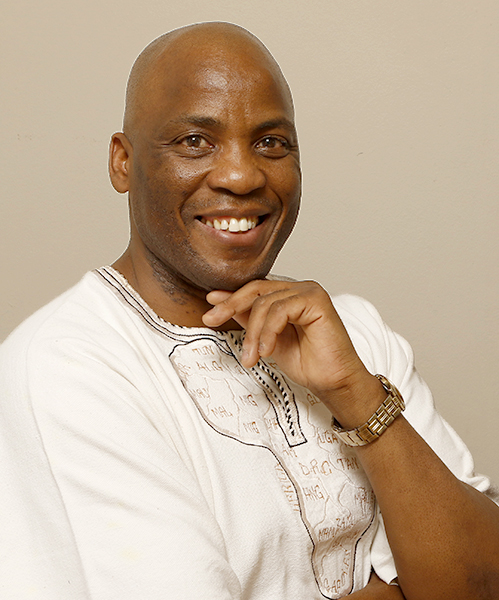
Prof Loyiso Jita, UFS Dean of Education
Photo: Johan Roux
The Council of the University of the Free State (UFS) has approved the appointment of Prof Loyiso Jita as Dean of Education during its quarterly meeting held on the Bloemfontein Campus on 17 November 2017.
“Prof Jita has a strong academic background and a good understanding of the higher-education sector. I look forward to working with him and to realise the vision of the university as a research-led, student-centred and regionally engaged university that contributes to development and social justice through the production of globally competitive graduates and knowledge,” says Prof Francis Petersen, UFS Rector and Vice-Chancellor.
“It is indeed a privilege for me to lead a team of committed teachers and researchers in the faculty, providing excellent service to our undergraduate and postgraduate students. I thank the Council and executive management for their trust in me,” says Prof Jita.
In January 2017, Prof Jita was appointed as the Acting Dean of the Faculty of Education at the UFS. He will assume the position of Dean of the Faculty of Education on 1 December 2017.
Prof Jita began his career as a Science and Mathematics teacher, after graduating from Wits University in 1988. He later took up a lectureship position at the University of Zululand, where he was awarded a Fulbright scholarship to read for a PhD at Michigan State University in the USA. In the mid-1990s, he worked as a policy researcher at the University of KwaZulu-Natal where he, among others, helped to compile the submission on the Violation of Educational Rights of South Africans during apartheid, to the Truth and Reconciliation Commission (TRC).
He joined the University of Pretoria (UP) in 2001, after returning from a post-doctoral fellowship at the Northwestern University in Chicago, and was later appointed Director of the Joint Centre for Science, Mathematics and Technology Education (JCSMTE). He left the UP in 2008 for an appointment as an associate professor at the University of South Africa (Unisa), where he later became the inaugural Director of the School of Education. In 2011, he became a full professor and was appointed as the acting Deputy Executive Dean in the College of Human Sciences at Unisa.
In 2012, he joined the UFS as Research Professor in the School of Mathematics, Natural Sciences, and Technology Education. In November 2014, he was appointed as the SANRAL Chair for Science and Mathematics Education. Professor Jita has published many articles on instructional leadership, teacher development and change, Science and Mathematics education, and has presented over 50 papers at local and international conferences. He has also supervised to completion more than 37 master’s and PhD graduates, and is currently the editor-in-chief for the accredited journal, Perspectives in Education (PIE).